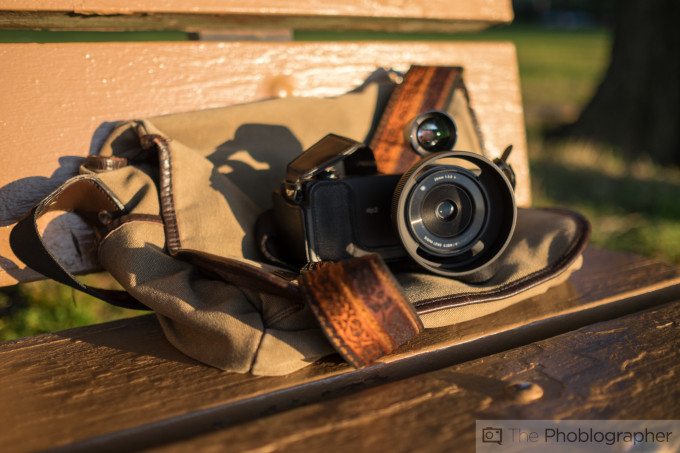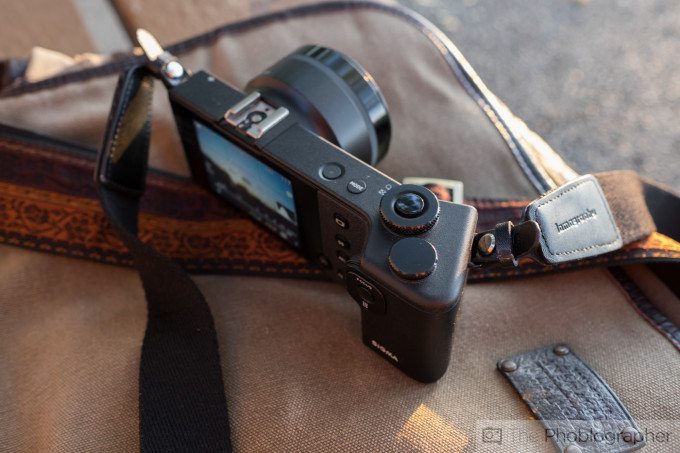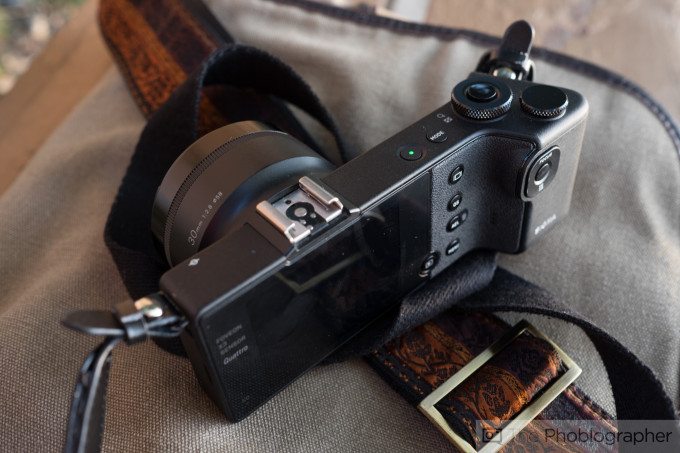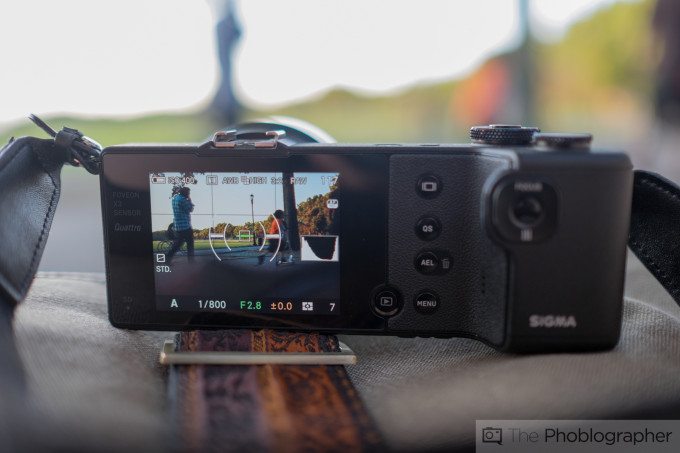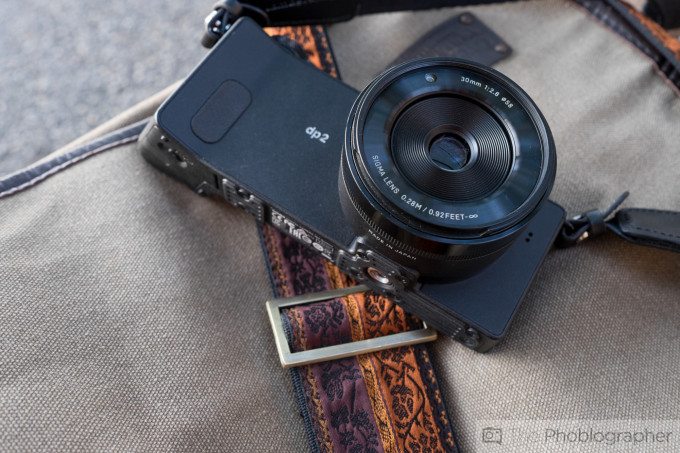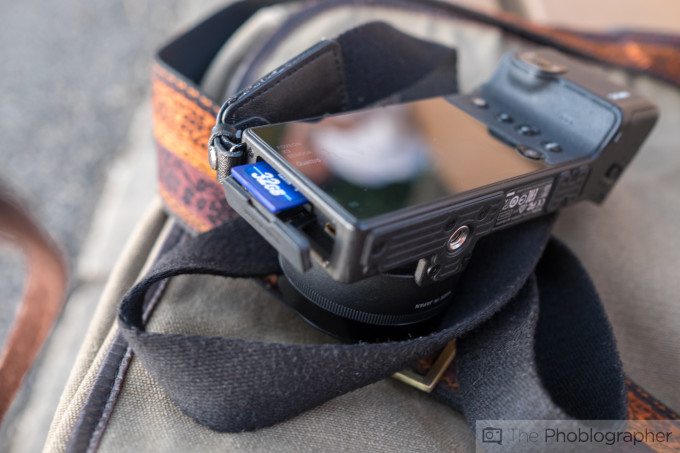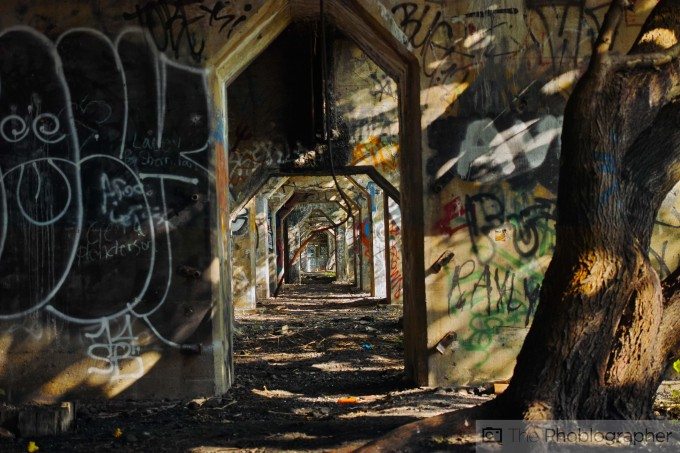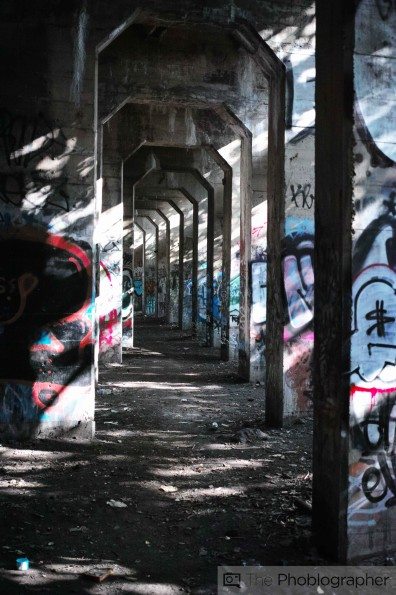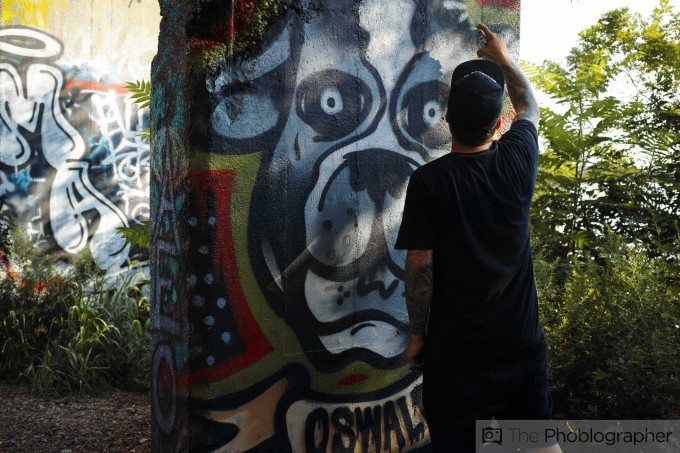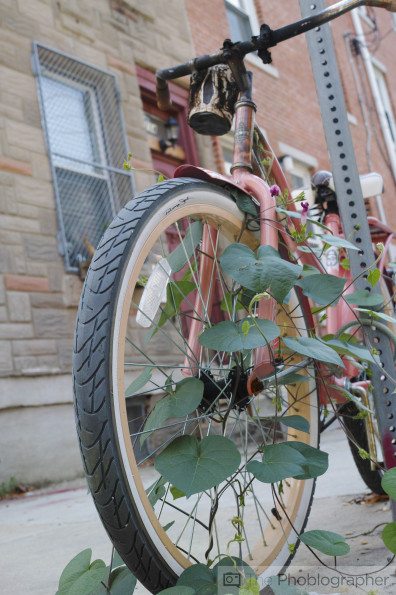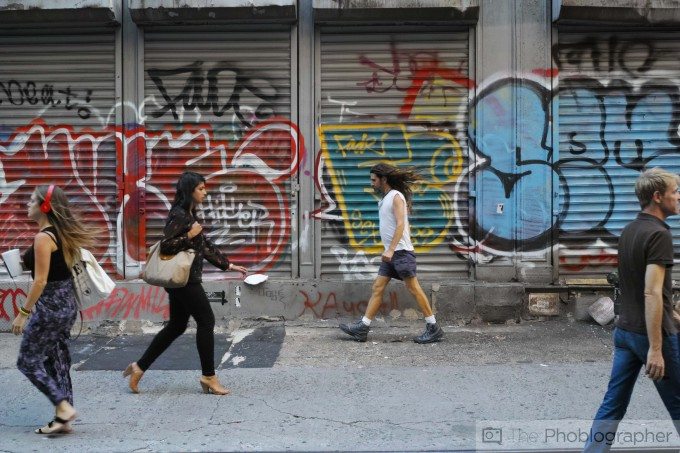The Sigma Quattro is quite the odd duck in the photography world. It has the body of a body of a smartphone, a fat lens like the Sony QX-10, and lastly Sigma stuck on a DSLR grip—except backwards.
Underneath this peculiar exterior lies an equally unique Foveon sensor that you don’t see in many other cameras. Sigma claims its sensor can resolve images with brilliant colors and enough eye-popping detail to make regular 36MP Bayer sensors weep. Now lets see if the Foveon sensor is everything its cracked up to be, or is the dp2 Quattro just a weirdly shaped for the sake of it?
Pros and Cons
Pros
- Amazing colors and resolution
Cons
- Alien-like ergonomics
- Slow operation
- Terrible high-ISO performance
- Extremely short battery life
Tech Specs
- 29MP Foveon X3 Quattro APS-C CMOS Image Sensor
- TRUE III Image Processing Engine
- 30mm f/2.8 Lens (35mm Equivalent: 45mm)
- 3.0″ 920k-dot TFT LCD Screen
- ISO Range: 100-6400 in 1/3 Steps
- Max RAW Resolution of 5,424 x 3,616
- Contrast Detection Autofocus
- Manual Focus Ring
- Dimensions (WxHxD): 6.4 x 2.6 x 3.2″ / 16.3 x 6.6 x 8.1 cm
- Weight: 13.93 ounces / 395 grams
Ergonomics
Looks aside, the Sigma camera is just as odd to hold in hand. With virtually nothing to grip in front, your hands simply clamp around the camera rather than gripping it. You’ll even have a hard time figuring out where to rest your thumb as the camera’s directional pad and multi-function cluster sticks out exactly where you would place it.
Aside from the unique to odd design of the dp2 Quattro, photographers will find all their usual controls. Starting from the top, the camera features a power button, mode button, and dual control ring set up very similar to the Olympus OMD EM5.
Sliding to the back there’s quite a lot more buttons and shooters will spend most of their time here to access the customizable quick menu system as well as AE-lock toggle, menus, and display modes. The four way directional pad, meanwhile comes with two preset shortcuts including selecting your focus point as well as switching between manual/autofocus modes.
Moving to the front there are literally no controls to speak of other than the fly-by-wire focusing ring on the camera’s integrated 35mm (45mm equivalent) lens.
Build Quality
Despite the dp2 Quattro’s odd shape, it’s actually perfectly balanced. Neither side of the camera feels lopsided even with the lens and oversized grip being on opposite sides of the device.
At the same time the camera is also solid without feeling at all chintzy or hollow anywhere. One thing I did not expect to appreciate is the way Sigma managed to stuff the image sensor and much of the camera’s internal circuitry into a body that’s just slightly thicker than an everyday smartphone. It’s a feat of engineering that makes me hopeful of extremely high-resolution mirrorless cameras that will become even slimmer one day.
Ease of Use
In this day and age no one makes a bad camera and this is true of the Sigma dp2 Quatrro…partially. It can take amazing images but it will fight against you almost every step of the way there.
First off the camera is slow to autofocus even in bright light. Then once the shutter goes off the camera will take its sweet time writing to the card for up to eight seconds later. I even tested this with a Sandisk Extreme Pro UHS II card to remove any SD card speed limitations. Oh–and the battery life drains incredibly fast. Expect a single battery to only last for a few hours of shooting and maybe at most 300 exposures if you’re quick enough.
Working in post, things just get worse within the Sigma Pro Photo software. Sorry Lightroom fans, Adobe’s image editor does not recognize the dp2 Quattro’s RAW files. Sigma’s post-processing solution is so resource intensive that it’s slow on even a well equipped gaming laptop. On top of waiting seconds to see the results of each edit, expect to wait an agonizing 51-seconds for Pro Photo to spit out a single converted JPEG image.
Autofocus
Autofocus is often accurate, but always slow even in bright light. The dp2 Quattro can take anywhere from a solid second to three beats before it finally zeros in on a subject. Users shooting sports or even their kids running around will have a hard time tracking action with this camera.
Of course shooting a darker scene exacerbates the dp2 Quattro’s AF issues, causing the camera‘s motors to turn at a snails pace before ultimately giving up. The Sigma also only has nine AF points to chose from, so expect to switch to manual a lot.
While manual focus is just a button press away, don’t expect any assists like peaking or split image. User will only be able to click in the center button for a magnified view. One sliver lining to manual focusing on the dp2 Quattro is Sigma will show you your zone focusing range, a feature that Fujifilm shooters should find familiar.
Metering
The dp2 Quattro underexposed by two quarters of a stop to a full stop during our Sunny 16 test. While that might sound annoying, it’s actually helpful due Sigma’s RAW files being much more flexible with bringing back details lost in shadows than lowering highlights. Users will also want to underexpose most of their images when manually dialing in exposures as well especially in bright daylight.
Image Quality
Here’s where the dp2 Quattro truly shines. For all of the camera’s frustrating quirks it can take some stunning images with copious amounts of detail. The Foveon sensor resolves extremely accurate and rich colors across the entire rainbow. Save for some details being lost to bright red hues, Foveon sensors are the best at capturing bold colors as they were meant to be seen.
High ISO Output
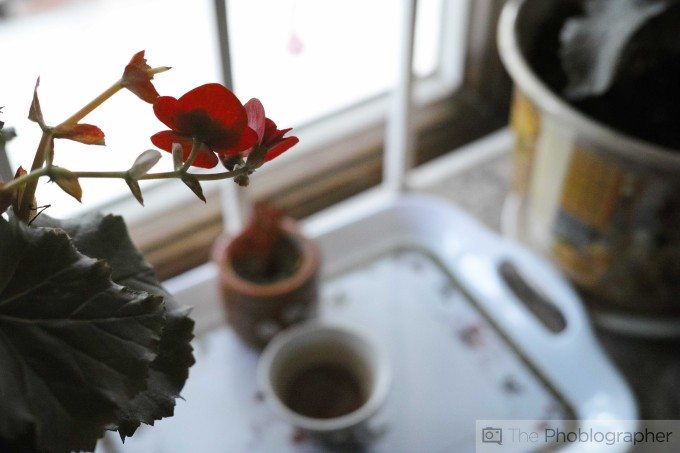
While new cameras are tipping the scales on good, usable high ISO capability up to 12,800 and beyond, the dp2 Quattro has a maximum ISO of 6400. But in reality the upper cap should be at ISO 800—even at ISO 400 images look noticeably rough—anything higher than that and the sensor will begin to desaturate colors and introduce chromatic noise in addition to an eye-scraping amount of regular electronic noise. If you have to shoot at higher ISOs it would be best to shoot or convert these images into black and white.
While Sigma Photo Pro can massage some of these issues out, it sacrifices too much detail to smooth out the grainy bits. Additionally no matter how low you set your noise reduction settings in Sigma’s post processing software it always seems to introduce a bit of image smoothing.
Raw File Versatility
Another amazing feat to the dp2 Quattro is that users can recover an inordinate amount of detail from what looks like pure darkness. Sigma Pro Photo users can tweak the setting called X3J fill-light to turn a completely black part of the frame and recover details lost to shadows. As long as users don’t overdo it, the number of artifacts this introduces is fairly low.
On the flipside don’t expect the changing highlights to do much. Bright areas captured by the dp2 Quattro clip easily and users will be unable to save anything caught in blinding light.
Extra Image Samples
Conclusions
Likes
- Amazing image quality
- Rich and accurate colors
- Lots of shadow detail recovery in post
Dislikes
- Dreadful ergonomics
- Very conspicuous
- Slow to focus
- Short battery life
- High ISO shots look down right nasty
- Clunky Sigma Pro Photo software
- Overall a very limited use case camera
There’s no getting around the way the camera looks. Even if you like it, users carrying around the dp2 Quattro will stick out like a sore thumb no matter what. Street shooters toting around the dp2 Quattro will constantly get curious looks,as well as people asking about the camera. As one photographer in Philadelphia noted to me “you look like a tourist from another planet.”
Looks aside the uses of the dp2 Quattro will be just too limited for most photographers to justify its $999 price tag. It autofocuses too slowly for sports or families with kids growing up. The slow write speed is a nagging issue for street shooters even if they get over the AF speed hump with zone-focusing. Meanwhile, high ISO capability is painfully lacking, so photographers will either need to bring a tripod or use a flash. Plus the camera can’t handle bright daylight. Finally at the end of the day Sigma’s Pro Photo software will slowly eat away at users patience (and soul).
It’s perfect for shooting food and potentially models. But outside of a controlled studio environment I can’t imagine anyone will want to pick up the dp2 Quattro. There are just so many more flexible cameras out there today. The Foveon sensor produces some stunningly colorful and high-resolution images, but users will have to fight every step of the way to get there.
 We give the dp2 Quattro a two out of five star rating. You can get your own (if you so choose) at B&H Photo, Adorama and Amazon for $999.
We give the dp2 Quattro a two out of five star rating. You can get your own (if you so choose) at B&H Photo, Adorama and Amazon for $999.


